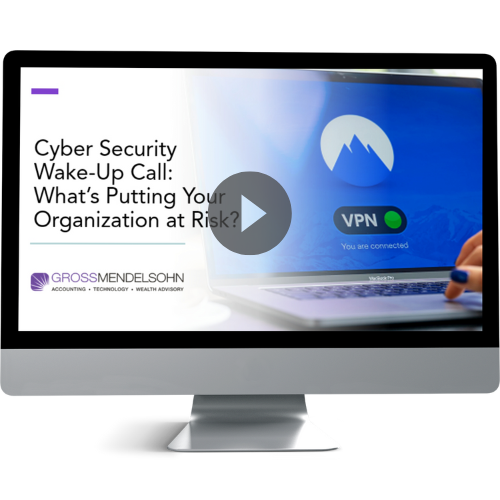Cyber security breaches have consistently been on the rise. Hackers are developing new and complex strategies to access your sensitive information. If it doesn’t work the first time, they’re sure to try again.
Marriott experienced their second data breach in 2022 from a hacking group that used social engineering techniques to steal 20 gigabytes of data.
Attacks of this nature should make you stop and consider how to ensure your organization is fully protected against cyber threats. Below, we’ve outlined four actions you should take to avoid becoming the next victim.
1. Make Sure Your Systems Are Updated and Maintenance Tasks Are Complete
If you have a managed services provider, they should be taking care of this for you. If you do not, here’s what you need to do.
Ensure Your Software is Up to Date
Hackers will exploit known vulnerabilities in software. Software developers release security patches to fix vulnerabilities and their software. Updating your software as these patches are released will help keep you from being the victim of a cyberattack.
Know When Changes Happen to Your Technology
Security software, like antivirus, is set up to send an alert when there’s a potential issue with your network. Additional software can alert you when unauthorized software is installed.
Endpoint Protection Detection and Response (EPDR) provides a layer of protection that surpasses other anti-malware measures with monitoring tools that watch for processes, services and when configured, a zero-trust application model.
But your antivirus and EPDR aren’t your sole means of stopping a hack. You need to make sure your staff is knowledgeable of cyber security best practices.
2. Train Your Staff on Cyber Security Best Practices
The number one threat to your network security is your team. That’s why many organizations offer cyber security training to staff. Unfortunately, this training is rarely maintained after employees have been onboarded. Hackers know this and find ways to trick employees into clicking or downloading infected materials.
If you and your staff need a refresher course on the latest cyber security best practices, you can download our free cyber security awareness guide and share it with your team.
3. Alert Your Staff and Coworkers About the Threat
You may know about an emerging threat, but is your entire staff aware?
When there’s a major cyber threat targeting your organization, your whole staff should be alerted.
The quickest and easiest way to apprise your staff of an impending threat is to send an email. In that email, you need to include what the threat is, how to identify and stop the threat and where staff members can go for specific questions. It never hurts to remind everyone of a few cyber security best practices as well.
Here is an example of an email alerting staff about a cyber threat:
Subject: PLEASE READ: Today’s Cyber Threat
All -
Be aware that there’s a cyber security threat spreading. The threat is called PhishPoint, and it is targeting businesses that use Office 365 and SharePoint, both of which we use here at Virginia Steel Manufacturing. It’s a sophisticated phishing scam, so make sure you’re being careful with your email and the links you click.
If you need a refresher on how to spot a phishing scam, this guide will get you up to speed:
https://technology.gma-cpa.com/cyber-security-guide-for-businesses
Let me know if you have questions. It takes a village to make sure our team and customer information is safe.
Thanks,
John Smith
Account Executive
Virginia Steel Manufacturing, LLC
4. Keep Up on Future Alerts
There’s always going to be a new cyber threat around the corner, so it’s essential to stay tuned in to cyber security news and alerts. You can subscribe to our blog for relevant information delivered straight to your inbox, so you don’t need to research cyber threats on your own.
Make sure you’re also paying attention to network alerts. If there’s a cyber threat knocking on your door, don’t ignore it. Take action to ensure your organization is safe.
Need Help?
A cyberattack can cost you thousands in IT fees and put your reputation at risk. Remember, it’s almost always less expensive to protect your business from a breach than it is to recover from one. If you have questions about cyber security, contact us online or reach out to our networking team at 410.685.5512.


